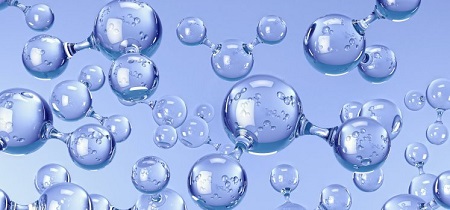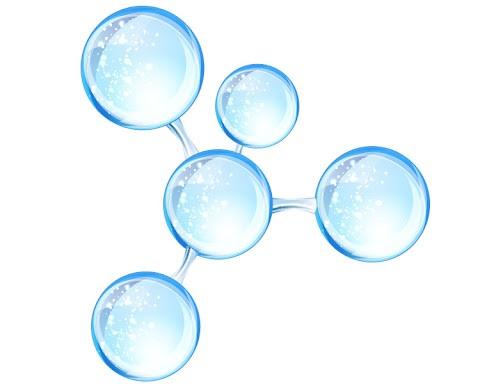Main components
Hyaluronic acid is an acidic mucopolysaccharide. In 1934, Meyer, a professor of ophthalmology at Columbia University in the United States, first isolated this substance from bovine vitreous. Hyaluronic acid, with its unique molecular structure and physical and chemical properties, shows a variety of important physiological functions in the body, such as lubricating joints, regulating the permeability of vascular wall, regulating the diffusion and operation of proteins, water and electrolytes, and promoting wound healing.
Main purpose
Biochemical drugs with high clinical value are widely used in various ophthalmic operations, such as lens implantation, corneal transplantation and anti-glaucoma surgery. It can also be used to treat arthritis and accelerate wound healing. When used in cosmetics, it can play a unique role in protecting skin, keeping skin moist, smooth, delicate, tender and elastic, and has the functions of anti-wrinkle, anti-wrinkle, beauty and health care, and restoring skin physiological functions

Utility editing broadcast
Pharmaceutical products
Hyaluronic acid is the main component of connective tissue such as human intercellular substance, vitreous body, joint synovial fluid, etc. It plays an important physiological role in maintaining water, maintaining extracellular space, regulating osmotic pressure, lubricating and promoting cell repair in the body. Hyaluronic acid molecules contain a large number of carboxyl and hydroxyl groups, which form intramolecular and intermolecular hydrogen bonds in aqueous solution, which makes it have a strong water retention effect and can combine more than 400 times its own water; At higher concentration, its aqueous solution has significant viscoelasticity due to the complex tertiary network structure formed by its intermolecular interaction. Hyaluronic acid, as the main component of the intercellular matrix, directly participates in the regulation of the exchange of electrolytes inside and outside the cell, and plays a role as a filter of physical and molecular information. Hyaluronic acid has unique physical and chemical properties and physiological functions, and has been widely used in medicine.
Hyaluronic acid can be used as a viscoelastic agent for ophthalmic intraocular lens implantation, as a filler for joint surgery such as osteoarthritis and rheumatoid arthritis. It is widely used as a medium in eye drops, and also used to prevent postoperative adhesion and promote the healing of skin wounds. The compound formed by the reaction of hyaluronic acid with other drugs plays a slow release role on the drug, which can achieve the goal of targeted and timed release. With the development of medical technology, hyaluronic acid will be more and more widely used in medicine.
Edible products
The content of hyaluronic acid in human body is about 15g, which plays an important role in human physiological activities. The content of hyaluronic acid in the skin is reduced, and the skin’s water-retaining function is weakened, which makes it appear rough and wrinkled; The decrease of hyaluronic acid in other tissues and organs can lead to arthritis, arteriosclerosis, pulse disorder and brain atrophy. The decrease of hyaluronic acid in human body will cause premature aging.

Post time: Mar-06-2023





